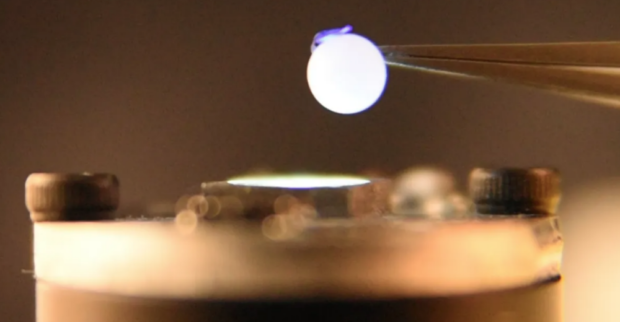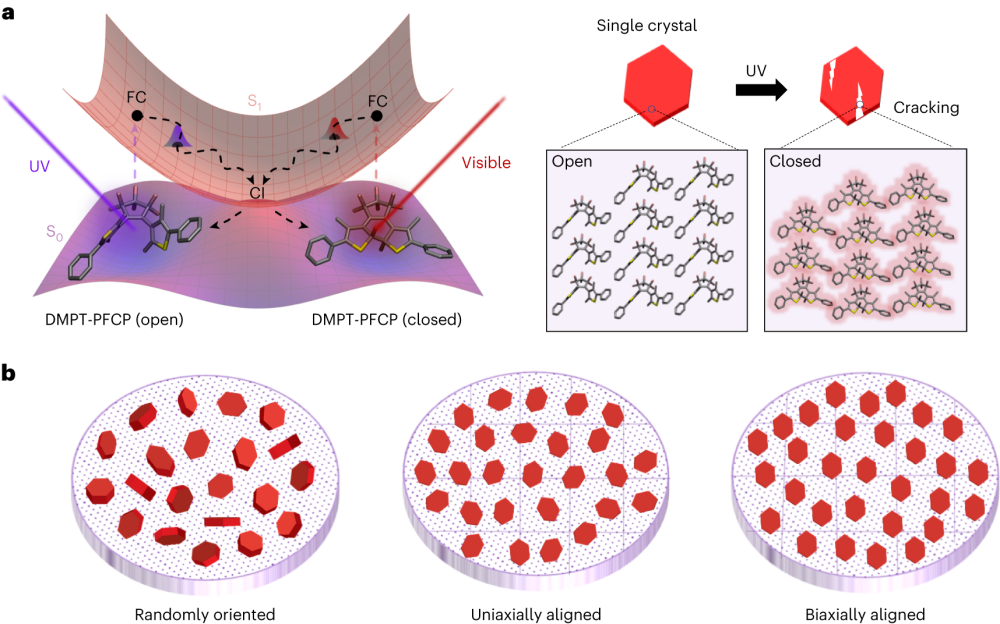C
rystals with the capacity to transform light directly into mechanical energy without using electricity as an interim stage could unleash a host of advances. For example, drones that run on laser beams could cut back on batteries, or do without them entirely, with the weight savings enabling extra capabilities.
The idea of wireless transmission of energy has long-standing appeal. Nikola Tesla spent years trying to develop a way to power lights without wires, and such is his veneration that some people believe he did it, only for the technology to be suppressed. Proposals to beam energy collected by solar panels in space are another version that experiences periodic revivals.
Usually, however, these involve converting the transmitted electromagnetic radiation into electricity, which is then used to power motors or light globes. Unfortunately, one of the most basic laws of physics is that every energy conversion involves some inefficiency. Consequently, Professor Ryan Hayward of the University of Colorado at Boulder is looking to minimize the transformations required.
“We cut out the middle man, so to speak, and take light energy and turn it directly into mechanical deformation,”
Hayward said in a statement. The key to this process lies in organic crystals that bend when exposed to light.
Hayward leads a team that are using these photomechanical materials to do work so that robots don’t need to carry batteries with them, at least as long as they have a clear line of sight back to the light source. Thus a drone powered by a laser beam could stay aloft longer, and possibly perform more complex aerial maneuvers than if it had to carry batteries and other heavy electrical systems.
Photomechanical materials are not new, but previous versions were inefficient and broke so easily they were more curiosities than the basis for useful machines. Hayward’s team has found that tiny, highly ordered diarylethene crystals can do much better when combined in larger numbers.
“What’s exciting is that these new actuators are much better than the ones we had before,” Hayward said. “They respond quickly, last a long time and can lift heavy things.”
Hayward’s team are embedding arrays of the crystals in microscopic holes in polymer materials. They found this makes them both more robust and more powerful. When exposed to light the crystals cause the polymer to bend, which can spin a motor. They have demonstrated 0.02-milligram crystals can lift objects thousands of times their weight.
This does not mean all the problems of wireless energy transmission are solved. Currently the team can only make their crystal-polymer combination bend and unbend with exposure to light, as rings within the crystals’ molecular structure open and close. The team want to have a wider range of capacities at their disposal. Hayward also acknowledges, “We still have a ways to go, particularly in terms of efficiency, before these materials can really compete with existing actuators.”
The study is published in Nature Materials.
Source: iflscience


